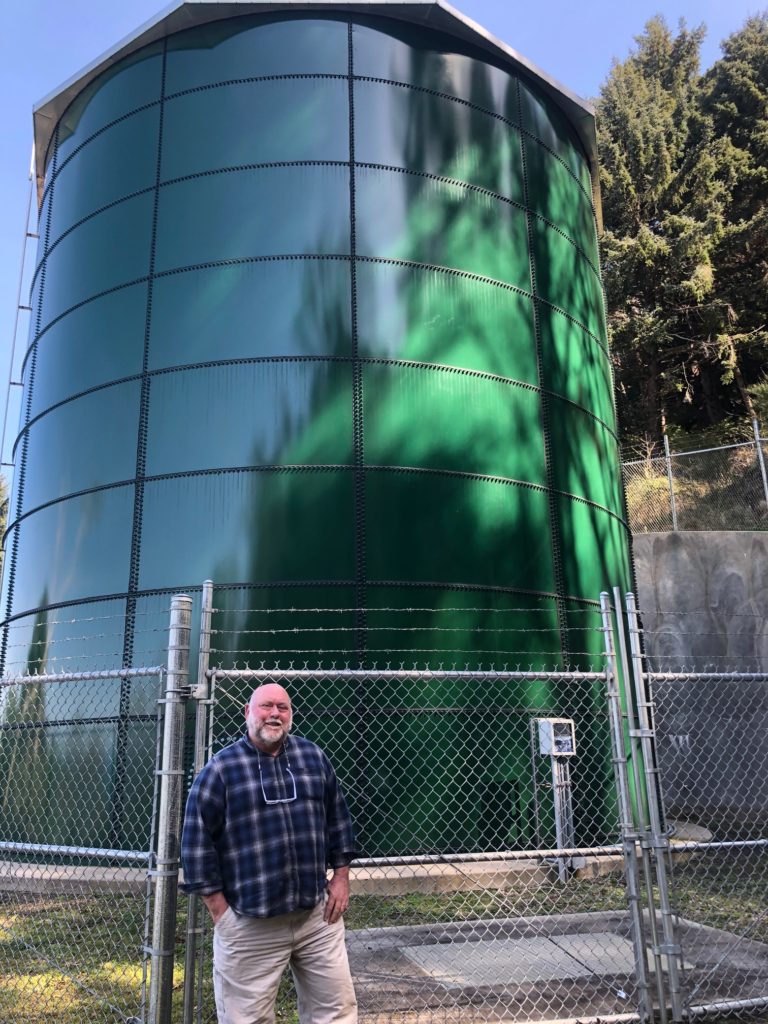
By DANA TIMS/YachatsNews.com
An effort to address long-term water planning on Oregon’s central coast – one as ambitious as it is novel – is once again gaining momentum.
Four years after its inception, the Mid-Coast Water Planning Partnership is aiming to have a document completed by year’s end that will outline everything from future water sources to plans to protect coastal rivers and tributaries from degradation. A webinar to present a draft plan is Thursday.
“We’re piloting a new approach to water planning that is the first of its kind here,” said Alexandria Scott, the partnership’s local planning coordinator. “It’s been a long time coming, but we are excited by the way things are going.”
For Yachats and other mid-coast communities, the partnership provides a chance to knock down the barriers and rivalries that can emerge when utilities, tribes, conservation groups and others battle over water rights and other items associated with long-term water planning.
And, as importantly, it is providing the chance to work collaborative toward the long-sought goal of developing a single, intertied water source that could enable towns to withstand the droughts that, in Yachats, have led to mandatory water restrictions in two of the past six years.
“We’re very interested in the partnership for its potential to help create a regional water supply,” said Rick McClung, Yachats’ water treatment plant supervisor. “That could take decades to realize, but at least now we have a way to start some really meaningful work toward that end.”
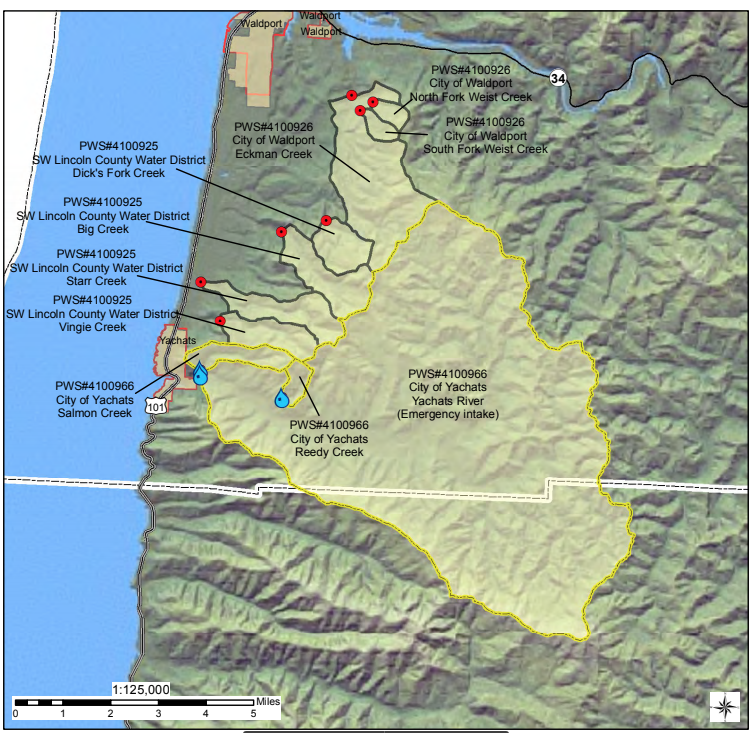
A new approach
Decades ago, long-term water planning in the state fell to the Oregon Water Resources Department. The Legislature approved the dissolution of that function in the 1990s, when local communities complained that the top-down approach muted their voices.
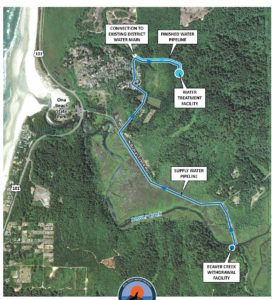
A model that effectively reversed that approach emerged in 2009, when the Legislature approved a statewide “place-based planning” strategy. Subsequent legislation invited specific areas around the state to apply to form locally based water-planning partnerships.
The city of Newport led the initial mid-coast push for its own partnership. The Seal Rock Water District has since stepped into the role of fiscal agent for the group, giving it the ability to apply for state, federal and private foundation grants to help with specific projects.
Now, with 53 signatories to its charter, the Mid-Coast Water Planning Partnership is one of only four such groups recognized in the state, and the only such partnership west of the Cascades.
While the funding shortages that stymied the group’s initial efforts remain, progress is now being made on planning that will detail every long-term goal of every charter signatory, said Harmony Burright, an Oregon Water Resources Department planning coordinator.
“When a drop of water moves across the landscape, a lot needs to be taken into consideration to ensure that it reaches the right person at the right time,” she said. “This effort is aimed at helping agencies and different sectors work together to better manage a shared critical resource.”
Collaboration among very small utilities that in the past have had little to do with one another is critical to the partnership’s success, Burright said. Water projects can be extremely expensive and take years to develop. Encouraging these entities to work together to develop a larger, more comprehensive system helps to eliminate the “infrastructure overlap” that might occur without such cooperation.
And from the recent looks of things, the effort is producing positive results, she said.
“Early on, some people weren’t expecting the cities and other groups participating in this to keep showing up,” Burright said. “But they are, and new people are coming, as well. That’s a testament to just how important water is to all of us.”
Droughts and deluges
Jim Tooke, a former Yachats City Council member, said he had no idea the area faced severe seasonal droughts when he moved to Yachats in 2015. Surely, he thought, those seemingly non-stop winter rains would fill reservoirs to overflowing, enabling them to meet higher summertime demand.
Repeated water restrictions in his first few years in the city quickly persuaded him otherwise.

“People, myself included, tend to think everything is fine if they turn on the tap and flush the toilet without problems,” Tooke said. “Getting hit with drought-related water restrictions tends to get your attention.”
So, once elected to the council, he jumped at the chance to get involved in a then-nascent state effort to identify and assist local water-planning efforts.
He learned, for instance, that Yachats was one of only two Oregon cities with any type of sales tax. In Yachats’ case, the tax goes back to 2007, when local voters approved a tax on food and beverages as a way to pay for a new wastewater treatment plant.
Without that funding stream, it’s likely that all new construction would have been halted due to lack of water and sewer capacity.
Tooke, his interest piqued, traveled to Eastern Oregon several years ago to attend the first meeting of the Harney Basin’s inaugural public meeting. He was struck immediately by the similarities facing his own coastal community.
“The state was telling folks they couldn’t drill new wells because the aquifer was being depleted so quickly,” he recalled. “It really made me think, what would happen to your property if no water or sewer services existed?”
Even after leaving the council, Tooke remains convinced that the regional planning effort is the right path to take.
“All of us are small enough that we can’t solve this problem on our own,” he said. “It will take cooperation up and down the line.”

Fit to be intertied
Long-term water projections often build 50-year horizons into their plans, which is far longer than almost other any aspect of municipal planning. But part of the current mid-coast effort appeals to participants for its ability to help them address specific goals that can be realized in a far shorter period of time.
Chief among those is the idea of establishing an inter-connected system linking Yachats in the south with Newport. It is likely that any new interties could be used for emergency purposes only, as opposed to letting a town tap into another system’s pipes for permanent use.
Still, the effort is deemed worthwhile by many, since it would provide emergency water to help keep reservoirs full in event of the landslides or wildfires that could knock out any one part of the system.
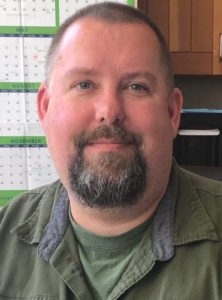
Crucial to any such system would be a pipe fitted under the Alsea Bay Bridge in Waldport, which specifically provided room for just that purpose. The estimated $3 million price tag for adding the pipe, however, shows why regional cooperation will be needed to make it a reality, said Waldport City Manager Dann Cutter.
“No one entity is going to be able to come up with that much money on its own,” he said. “That, and the time involved to map out that kind of project, is exactly what makes the mid-coast planning partnership so important to us. Working together on 15-year, 20-year outlooks is just something we haven’t been able to do in the past.”
It remains fair to say that some partnership participants initially expressed skepticism about working collaboratively with groups perhaps viewed as rivals in the past. Many quietly invoked Mark Twain, who may or may not have said, “Whiskey is for drinking; water is for fighting over.”
Adam Denlinger, general manager of the Seal Rock Water District, said any such skepticism seems to have evaporated.
“Working together to solve regional water issues has really broken down any silos that once existed,” he said. “In the process, we’ve all gotten to know each other and understand the respective strengths and weaknesses that our systems have.”
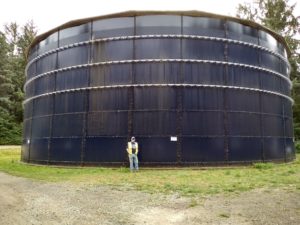
The Southwest Lincoln County Water Peoples Utility District, which stretches from Yachats to Waldport, stands out for having sufficient supplies of water from the four streams it draws from to last well into the future. Unlike Yachats, which sees summertime demand spike from weekend tourism, the district also has no problem meeting its own summer demand.
What the district does face, along with virtually every other water provider on the coast, is the need to rebuild miles of underground pipes and keep its treatment plant in good working order.
“We sort of embody the idea that each utility here has its own challenges and problems,” said Donald Tucker, Southwest’s board chair. “Seal Rock’s operating basis is entirely different from, say, Yachats’, Waldport’s or other small districts.”
Even so, a regional approach remains a useful tool, even if it isn’t used every time, in the same way, by every member, he said.
Cutter agreed, emphatically.
“We need to become partners, not competitors,” he said. “We’re all in this together and I’m hoping that in the next couple of years, we’ll be working together in solving this region’s water problems for the next 20 years.”
- Dana Tims is an Oregon freelance writer who contributes regularly to YachatsNews.com. He can be reached at DanaTims24@gmail.com
To see an interactive map of mid-Oregon coast water issues go to the coalition’s website
Mid-Coast Planning Partnership webinar is Thursday
The Mid-Coast Water Planning Partnership is hosting an All-Hands on Deck Partnership Webinar from 9-10:30 a.m. Thursday, May 20.
The webinar will be hosted by Creative Resource Strategies, the Institute for Natural Resources, Oregon Sea Grant, and Oregon State University Extension Services, a team hired by the partnership to produce a water management action plan for Oregon’s mid-coast.
The development team will share the draft implementation plan and discuss key next steps.
There is no cost to register, or participate, in the webinar. Click here to register for the webinar.
New to the issue? The planning coordinator will be hosting a newcomer Zoom meeting from 8-9 a.m. to help bring new folks up to speed before they go into the webinar. Email Alexandria Scott for more information if you would like to attend.


